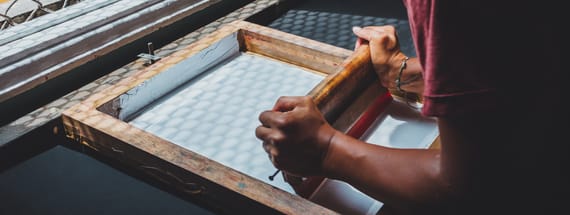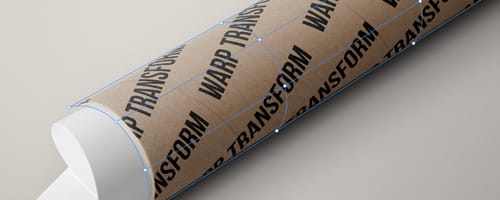Essential Tips for Creating your own Custom T-Shirt Designs
Get your ideas out of your head and onto your clothes
At some point we’ve all thought of an awesome idea for a t-shirt design that we’d love to get printed. Maybe you’re ready to make that design a reality? Cool! But if you’ve never designed specifically for printing onto textiles before, here are some top tips to help you get started.
Consider your medium
There are a plethora of different types of apparel that can be printed on to: v-neck, crew neck, crop top, vest, hoodie etc. you don’t neccessarily need to stick to the typical tee. Whichever type of garment you choose, there may be some limitations which are introduced, consider the size and shape of your chosen garment when creating your design and how it will look on the end product.

Choose your printing method
The type of printing method that you choose will also affect how you create your design. Some methods will limit the amount of colors you can use in your design. Some other factors will be how many prints you want and the size of your budget.
1. Screen Printing

Screen printing is one of the oldest and still most commonly used method for printing onto garments, it involves creating a stencil and using a nylon mesh to hold the stencil in place whilst ink is spread over it. The screen is then removed and the ink is allowed to dry.
Different screens need to be created for every color used in your design, however the screens can be reused many times to print large orders.
Pros:
Suitable for large orders due to reusing screens. Cost-efficient option for simple designs. Creates durable designs that last
Cons:
Not suitable for complex designs with multiple colors. Cost increase if extra screens need to be created
2. Heat Transfer Vinyl

As the name suggests, this method uses heat to transfer vinyl onto the fabric using a heat press. This creates a very striking result and looks great with single color or very simple designs.
Pros:
Very durable, long lasting results. Gives a nice finish.
Cons:
Not suitable for large orders. Costs increase as more colors are added.
3. Direct to Garments

This method is the most comparable to typical printing onto paper done on your home or office printer. Unlike the other methods it does not limit the amount of colors or detail your design can have. So if you have a very complex design, this method is probably your best bet.
Pros:
Suitable for complex designs with multiple colors.
Cons:
More expensive than other methods. Only suitable for cotton t-shirts and doesn’t work as well on dark colors.
Set up your design
T-Shirts come in lots of different sizes and they all scale differently, so choosing the correct dimensions for design can be tricky. This is why it’s best practice to use vector graphics whenever possible, or a minimum of 300dpi bitmap graphics.
Start by finding a garment you own, similar in size to one you will be printing on and measure the approximate area you want the design to appear. If you intend to print on multiple sizes, approximate the largest possible size will need to be printed.
In Photoshop or Illustrator create your document using a Print preset. This means you will use either Inches or millimetres, CMYK color and at least 300 dpi.
Remember that if you are using Screen Print or Heat Transfer printing techniques you need to keep a close eye on your use of color. The two points to remember are:

1. Use Pantone colors
Your printer will thank you, and you will get more accurate results. CMYK colors are acceptable but do not use RGB.
2. Each color may cost you extra
Think about your budget and if it is necessary to add additional colors. 1-3 colors is usually enough for typography based or simple designs. If this sounds far too limiting to your creativity, you may want to consider Direct to Garment printing techniques instead.
Mockup your design
It’s one thing to see your design on screen, but see how it may look printed onto a T-Shirt makes a big different and will help you visualise your design.
Luckily there are a wealth of free and premium T-Shirt mockups available online:

Find a printer
The final step is to find a quality printer, this can either be in your local area if or via an online service. There are benefits and negatives to both. I recommend looking in your local area first, and asking around for reviews or possibly visiting the print shop and asking to see samples of their work.



